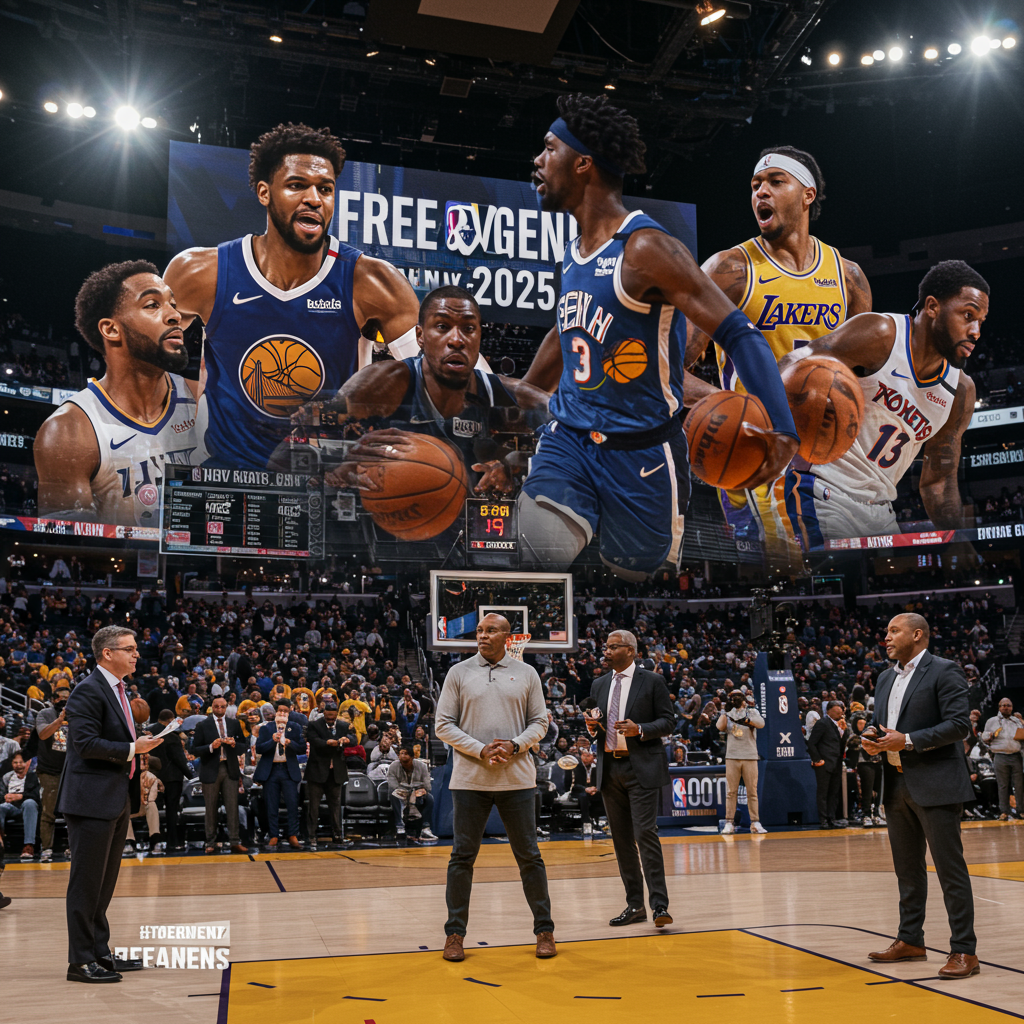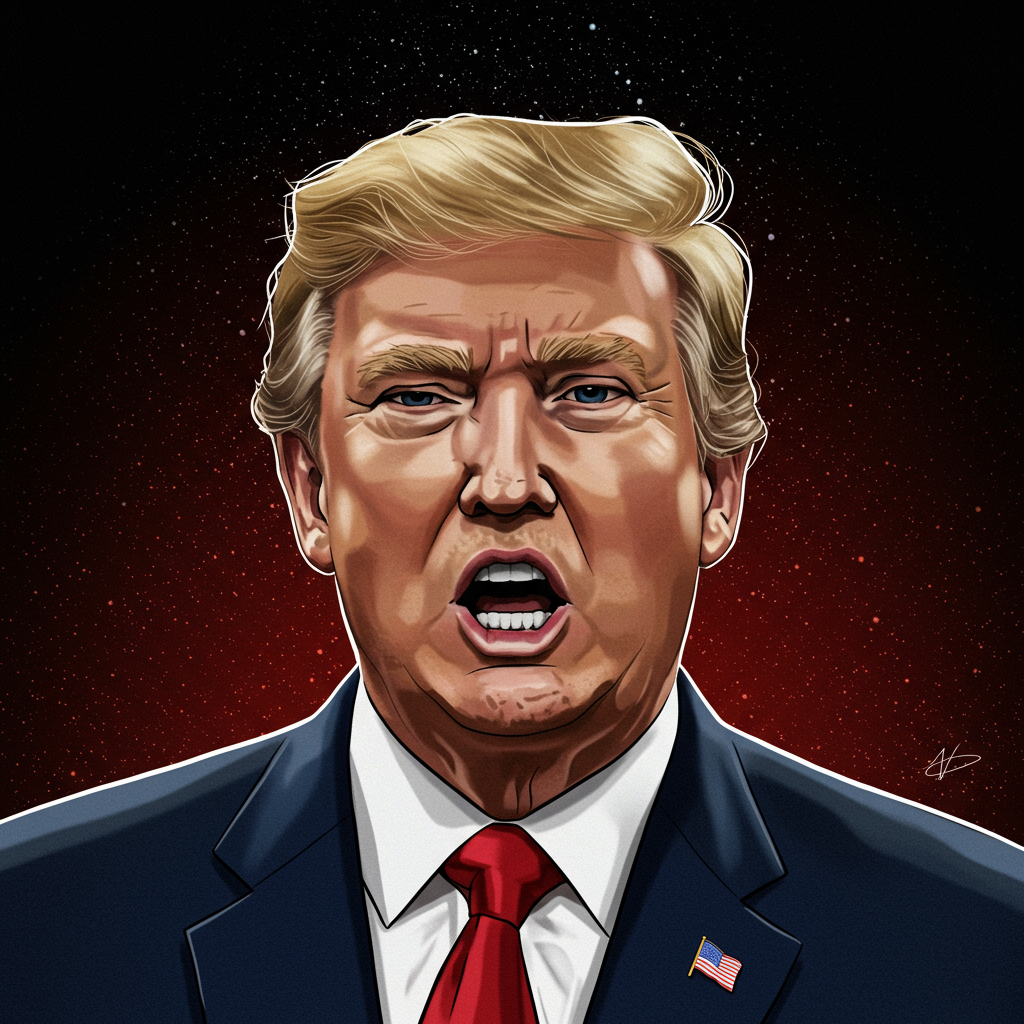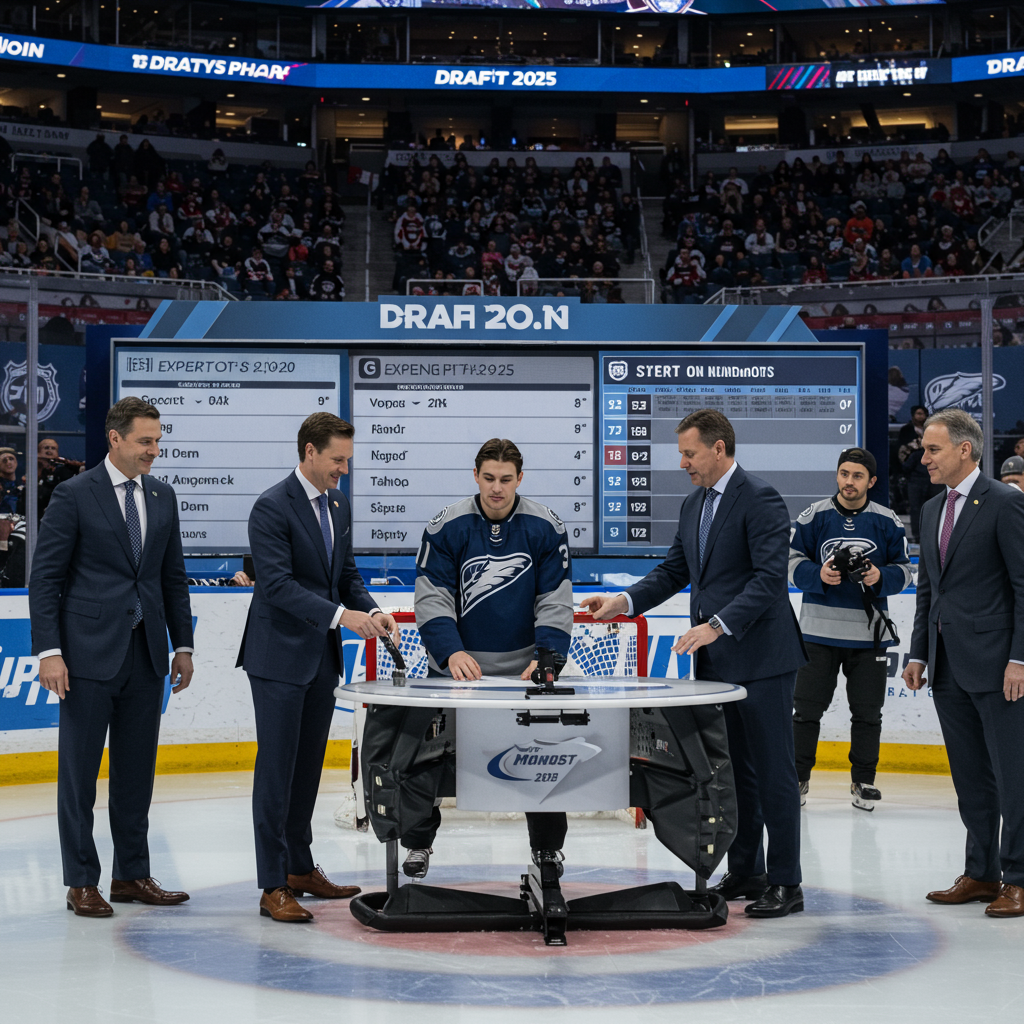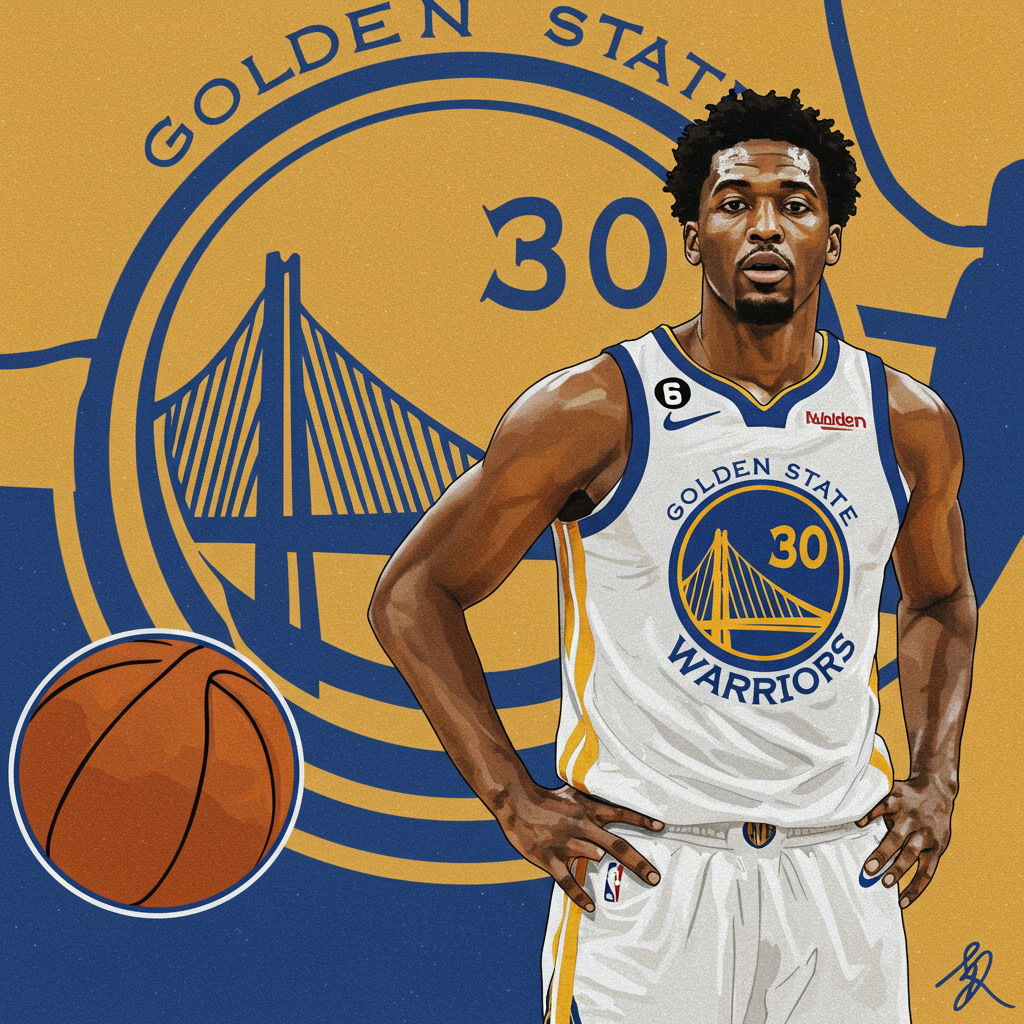The early days of the 2025 NBA offseason delivered the usual burst of activity. Following the draft and preceding the official negotiation period, teams executed significant trades and signings. This summer’s landscape feels particularly dynamic, influenced by evolving CBA rules and strategic team building. Let’s break down the initial key moves to identify the teams, trends, and transactions making the biggest impact.
This period saw surprise deals, notable contract extensions, and a record-setting contract fueling league-wide drama. The dust is still settling, and future moves could shift perceptions. However, analyzing the early wave provides a clear picture of who is positioned well and who faces steeper challenges heading into the next season.
The Changing Face of NBA Offseason Action
Traditional NBA free agency, once centered around superstar decisions in July, is undergoing a fundamental shift. Changes in the Collective Bargaining Agreement (CBA) encourage teams to extend star players earlier. This reduces the pool of top unrestricted free agents available on the open market. Consequently, the most impactful team-altering moves frequently happen closer to the February trade deadline.
Teams are now strategically using the summer months to acquire assets. They build salary matching components for future trades. They also position themselves financially to navigate luxury tax penalties. July has become more about solidifying supporting casts, making tactical trades, and managing future cap sheets rather than headline-grabbing star free agent signings. While stars still move, trades are now the primary vehicle, making the February window the true peak of transaction season.
Early Winners of the 2025 Free Agency Period
Several teams made shrewd moves or capitalized on unique opportunities in the initial phase of the offseason. their actions suggest improved positioning for the upcoming season and beyond.
Houston Rockets
No team emerged from the early offseason looking stronger than the Houston Rockets. Their defining move, the pre-free agency trade for Kevin Durant, instantly transformed their outlook. Houston acquired one of the league’s most efficient scorers without sacrificing their core young talent or future draft capital. This deal directly addressed their primary offensive weakness.
Beyond the Durant blockbuster, Houston remained aggressive. They signed Dorian Finney-Smith to a four-year, $53 million contract. This addition replaced Dillon Brooks with a versatile 3-and-D wing praised by analysts. They brought in Clint Capela on a three-year, $21.5 million deal, adding depth to their frontcourt. Fred VanVleet re-signed on a manageable new contract, while Jabari Smith Jr. secured a reasonable extension. Jae’Sean Tate, Aaron Holiday, and Jeff Green also returned.
The result is a deep, versatile roster. The Rockets can attack opponents with size, defense, rebounding, youth, experience, and Durant’s scoring brilliance. While questions remain about backcourt depth beyond VanVleet and potential frontcourt rotation logjams with Alperen Sengun, Steven Adams, and Capela, these are minor concerns for a team that looks like a legitimate Western Conference threat. Houston is poised to challenge the Oklahoma City Thunder for conference supremacy, demonstrating how to strategically win the offseason.
Atlanta Hawks
The Atlanta Hawks, under new leadership, executed a highly effective offseason. Their strategy focused on surrounding star point guard Trae Young with capable defensive and shooting talent. A key trade brought Kristaps Porzingis to Atlanta. While an injury risk, Porzingis provides significant offensive upside and defensive presence at a favorable price point, acquired as the Celtics shed salary. The Hawks also shed Terance Mann’s contract in the process.
Atlanta also won the race for Nickeil Alexander-Walker, adding a valuable two-way guard. They signed Luke Kennard, the league’s active leader in career 3-point percentage, replacing Caris LeVert’s departure with elite shooting. Their roster now features Defensive Player of the Year runner-up Dyson Daniels, versatile wings like Alexander-Walker, Jalen Johnson, and top draft pick Zaccharie Risacher, plus defensive-minded centers in Porzingis and Onyeka Okongwu. This construction aims to improve Atlanta’s historically weak defense.
Perhaps their most significant move was a draft night “heist.” The Hawks traded up 10 spots with the New Orleans Pelicans for a substantial price, securing the more favorable of the Pelicans’ or Bucks’ unprotected 2026 first-round pick. Given the uncertainty around both teams, this pick holds considerable lottery potential. This move, combined with savvy roster additions, positions Atlanta to potentially contend for a top-four seed in a wide-open Eastern Conference.
Denver Nuggets
The Denver Nuggets, centered around MVP Nikola Jokic, made moves to bolster their roster depth and versatility. They traded Michael Porter Jr. and a distant future first-round pick for Cam Johnson. Johnson, a proven high-volume shooter, fits seamlessly into their offensive system. This swap also created crucial financial flexibility due to Johnson’s lower salary.
Leveraging this space, Denver re-signed Bruce Brown Jr., a key contributor to their 2023 championship run, who excels playing off Jokic. They also traded for Jonas Valanciunas, providing a reliable and productive backup center option. Additionally, they signed Tim Hardaway Jr., adding another willing shooter to address their low 3-point attempt rate from the previous season. While they lost Porter Jr. and Russell Westbrook from the rotation, they added four rotation-caliber players. The Nuggets now boast comfortable nine or ten-deep options, looking improved from the previous season and a strong contender in the West.
LA Clippers
The LA Clippers made a quiet but impactful move by adding Brook Lopez. They signed the veteran center to a team-friendly two-year, $18 million contract. Lopez is a significant upgrade for their backup center spot behind Ivica Zubac. He provides elite rim protection without excessive fouling and valuable floor spacing with his 3-point shooting. This addition enhances their versatility and ability to play big while maintaining spacing. The Clippers managed this while remaining under the luxury tax line, positioning them as a legitimate contender.
Early Losers of the 2025 Free Agency Period
Not all teams navigated the initial offseason phase successfully. Some faced significant challenges, made questionable decisions, or saw their competitive standing diminish relative to rivals.
Los Angeles Lakers
The Los Angeles Lakers entered the offseason with a clear need for a center after trading Anthony Davis in the February Luka Doncic blockbuster. Doncic’s game thrives with a dynamic big man partner. However, their search quickly ran into problems. A trade for Mark Williams was reportedly agreed upon but rescinded due to a failed physical. Key free agent targets signed elsewhere.
The Lakers eventually landed Deandre Ayton via buyout. Ayton, the 2018 No. 1 pick, arrived on a two-year deal with a player option. Analysts view Ayton as a poor fit next to Doncic; he lacks elite rim-running or floor-spacing abilities. Despite solid box score numbers, advanced stats rate him as below average. His contract structure offers little upside for the team. If he performs well, he can opt out; if not, he remains on the books. This situation complicates efforts to build a compelling roster around Doncic and navigate LeBron James’ future. The team’s roster remains imbalanced, heavy on power forwards but lacking reliable centers.
New Orleans Pelicans
The New Orleans Pelicans’ new front office drew significant criticism for their early offseason moves. Their most scrutinized decision was a draft night trade with the Hawks. They paid a steep price to move up 10 spots, surrendering an unprotected 2026 first-round pick (the less favorable of theirs or Milwaukee’s). This risk was taken to draft Derik Queen, a prospect whose fit next to star Zion Williamson is questionable due to overlapping skill sets and potential floor-spacing issues.
This move seemed particularly baffling given the Pelicans’ recent standing (14th in the West) and the strength of the conference. Missing the playoffs would mean sending a lottery pick to Atlanta. The team’s other moves, including trading CJ McCollum and Kelly Olynyk for Jordan Poole and Saddiq Bey, also lacked strategic coherence. While Bey could help post-injury, the move essentially swapped McCollum for Poole, an equally rated player in advanced stats but signed for an extra year at a high salary. Adding Kevon Looney in free agency contributes to floor spacing concerns with a roster already featuring multiple non-shooters.
Milwaukee Bucks
The Milwaukee Bucks entered the offseason facing challenges following Damian Lillard’s Achilles injury. Their early moves were dictated by difficult circumstances. They waived and stretched Lillard’s remaining $113 million contract over five seasons. This created short-term financial flexibility but adds a significant $22.5 million annual dead cap hit for five years.
This maneuver allowed them to sign Myles Turner, a younger stretch big and rim protector, effectively replacing Brook Lopez who signed elsewhere. While Turner is a valuable addition, the long-term cap implications are substantial. The Bucks also lack future draft assets and young talent. While moves like trading Pat Connaughton and re-signing others provided some flexibility, the team’s overall roster construction and reliance on key players like Giannis Antetokounmpo without significant high-end support raises questions about their ability to truly contend for a championship despite mortgaging future flexibility.
A Dominant Offseason Trend: The Rise of the Big Man
One of the most pronounced trends of the early 2025 offseason was the league-wide emphasis on acquiring and retaining big men. This marks a potential shift away from the small-ball lineups that gained popularity over the past decade. Teams are prioritizing size, defense, and rebounding in their frontcourts, often deploying multiple large players simultaneously.
Examples abound across the league. The Rockets added Clint Capela to a frontcourt already featuring Alperen Sengun and Steven Adams. The Spurs signed Luke Kornet to pair with Victor Wembanyama, creating a formidable defensive duo. Denver traded for Jonas Valanciunas as a robust backup to Nikola Jokic. The Clippers secured Brook Lopez, a high-level backup center. Even non-contenders like Portland and Phoenix drafted and acquired multiple young centers. Playoff teams like Minnesota and Memphis committed significant salary to retaining their big-man rotations.
This trend is partly influenced by the Oklahoma City Thunder’s championship success with two dominant bigs (Isaiah Hartenstein and Chet Holmgren). It also reflects the need to counter the league’s growing crop of star centers and the increasing versatility of big men who can shoot or handle the ball. While some teams, like the Lakers and Warriors, seemed less invested initially, the collective transactional activity makes it clear: Big men, at all levels, are back in style.
Frequently Asked Questions
What major trend dominated the early 2025 NBA offseason moves?
The most significant trend was the league-wide focus on acquiring and retaining big men. Many teams signed or traded for multiple centers and power forwards, prioritizing size, defense, and rebounding. This reflects a potential move away from smaller lineups and a response to successful teams featuring multiple large players.
Which NBA teams are considered early winners and losers of the 2025 free agency?
Based on early moves, the Houston Rockets and Atlanta Hawks are widely considered significant winners for improving their rosters through strategic trades and signings while managing assets effectively. The Denver Nuggets and LA Clippers also made solid moves to bolster their depth. The Los Angeles Lakers and New Orleans Pelicans faced challenges or made decisions criticized by analysts, positioning them among the early losers. The Milwaukee Bucks also had a complex offseason marked by the difficult decision to waive Damian Lillard.
How did the Lakers’ early free agency impact their future plans with star players?
The Lakers’ struggle to find a suitable center and the eventual signing of Deandre Ayton on a short-term deal were seen as suboptimal. Analysts suggest Ayton is not an ideal fit with Luka Doncic’s playing style. This situation adds uncertainty to building a cohesive championship roster and potentially impacts ongoing discussions regarding star players’ long-term commitments, including Doncic’s future extension and LeBron James’ status.
Conclusion
The initial phase of the 2025 NBA offseason provided a glimpse into the strategies teams are employing in the evolving league landscape. While traditional free agency may be diminished in star power, the flurry of trades, signings, and contract extensions significantly reshaped rosters. Teams like the Houston Rockets and Atlanta Hawks capitalized on opportunities to leap forward, while others like the Los Angeles Lakers and New Orleans Pelicans navigated more challenging paths. The clear emphasis on big men signals a potential stylistic shift across the league. As the offseason progresses, further moves and potential training camp developments will continue to shape expectations, but the foundation for the 2025-26 season has clearly been laid by this initial wave of activity.




